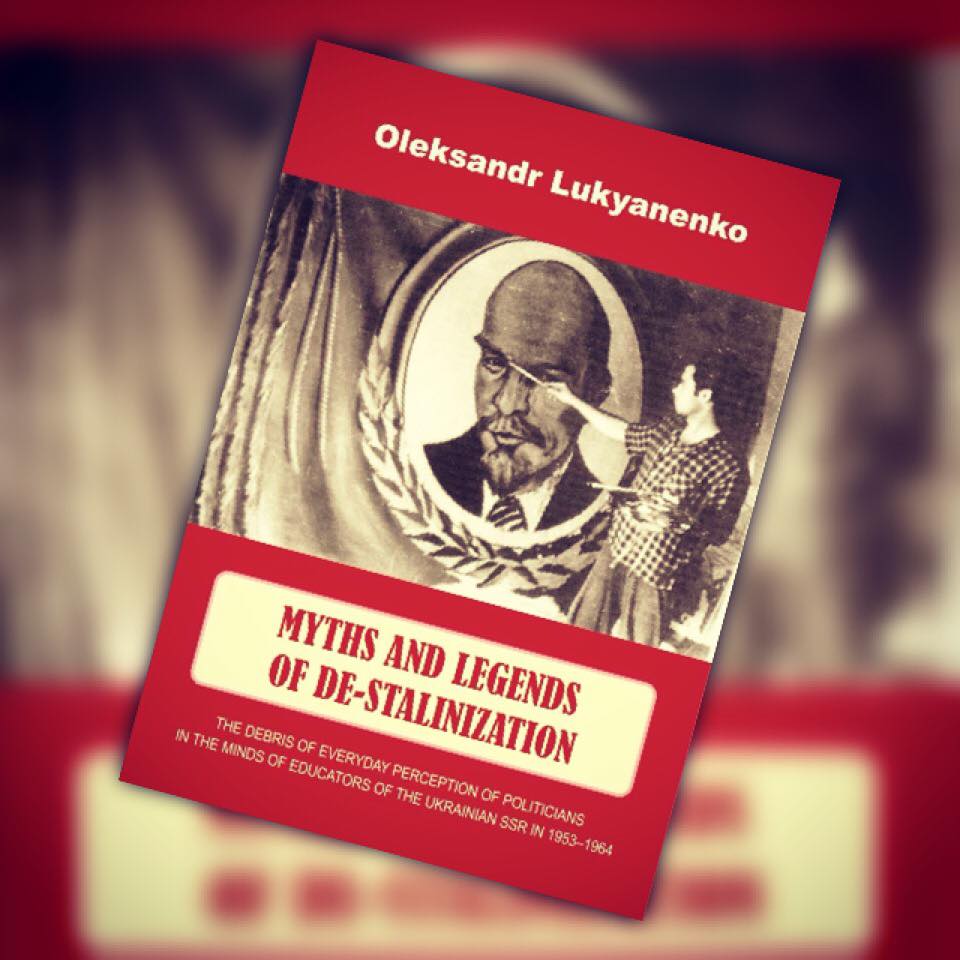
The author conducted a comprehensive study of the everyday life of the higher pedagogical schools’ staffs in 1953-1964 on the basis of a wide range of published literature and archival documents. The thesis solves issue of the evolution of the evaluation of the figures of J. Stalin, L. Beria, G. Zhukov, G. Malenkov, V. Molotov and L. Kaganovich as well the perception of CPSU itself.
CONTENTS
List of Abbreviations 7
1 Introductions 1
Contents 2
2 Theoretical And Methodological Reflections 6
Topicality: the limit of the “internationally important” and “individually interesting” 7
Seeking for a “global process” or a “common thing” 10
The subject: looking for your own shore 12
Consciousness as an aspects of description 17
Poltava SPI as an exemplary subject 25
At the intersection of time and space 28
The space limits 35
The “need-to-do list” of the everyday studies 39
Sources and classifications 43
The sources: semantic level 45
Problematic microanalysis of the sources 47
Naming the sources 49
“Arrogant” official view” of the source 60
The inner official “frontier” 56
“The ghosts” of the individual sources 60
“Weapons of mass destruction” 62
Quantitative kaleidoscope 68
Secrets of the “historical cuisine” 69
The integrity and distinctiveness 69
Progress or regress? 70
“Without your own voice?” 72
Nets of psyche 72
“The boiler of interdisciplinarity” 74
“The principle of Argos” 76
The system 78
3 Communist Mythology 79
Introduction 79
The true doctrine 82
The divided world 86
4 “Sub-Tropical Serpent Beria” 92
Introduction 92
The “zero image” of Beria 94
Self-isolated minister 97
Beria’s “anathema” 104
“After Beria” 109
5 The Anti-party Group in the everyday perception of the educators 113
Introduction 113
Malenkov: Lenin’s talented student and Stalin’s loyal colleague 114
Molotov: Stalin’s flag-bearer of peace 119
Kaganovich: “the quietest one” 122
Shaking the titans 123
6 Zhukov: Marshal With Bonapartist Manners 129
Introduction 129
A strategist number two 129
A new-born Napoleon 132
A restricted marshal 138
7 Stalin: The fallen idol 141
Introduction 141
The godlike ruler 141
The creator of the Soviet world 148
The eternal one 152
The omnipresent one 153
The almighty one 154
The omniscient one 155
The holiest one 156
The most righteous one 157
Early 1953: exalting the teacher 159
March of 1953: mortality as a part of greatness 162
1953: Months without “father of all” 167
1954: Father of nation and the greatest cult-fighter 174
1955: ‘Stalinist decor’ vs ‘Stalin as a decor’ 179
1956: The ideological watershed 182
1957: Condemned or justified? 200
1958: “The epoch of honesty” 206
1959-1960: Ideological balancing 210
1961: The final exposure 215
1962: Glorious past without Stalin 221
1963-1964: Downfall of critics 224
Leninization of the worlview 225
Restoration 232
8 CPSU 234
Introduction 234
Still Stalinist 234
Absorbing Stalin 241
Dragging the “ideological blanket” 245
Bibliography 250
Archival sources 250
TsDAHO 250
TsDAVO 250
DAKO 252
DAPO 252
DASО 261
DAKhО 264
DAChО 265
APNPU 265
Interviews 266
Documentaries 267
Newspapers in Ukrainian and Russian 268
Literature 281
Index of names 290
Index of geographical names and places 295

